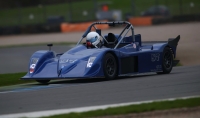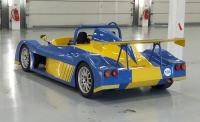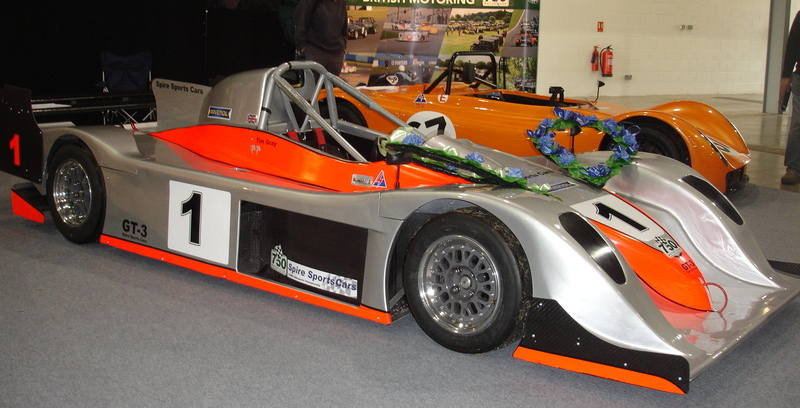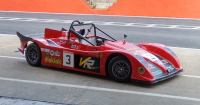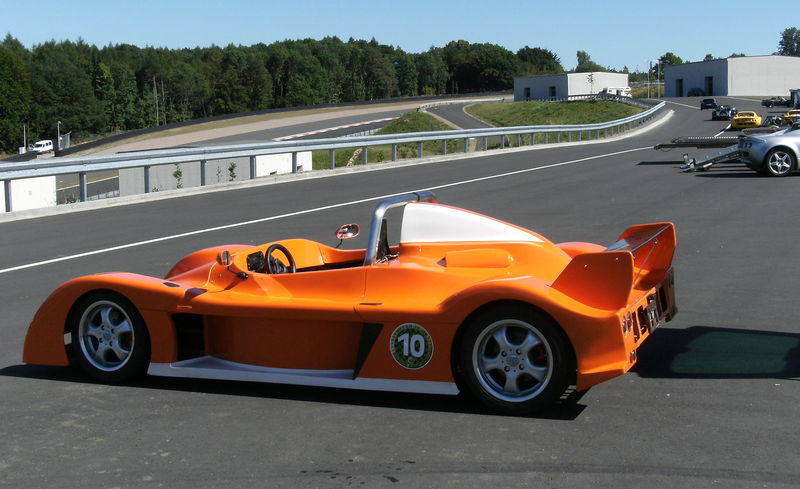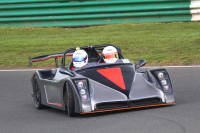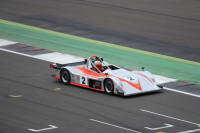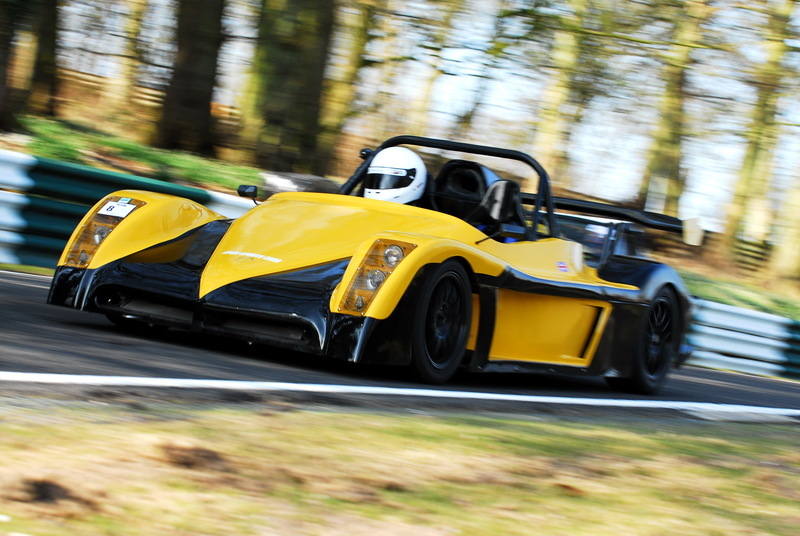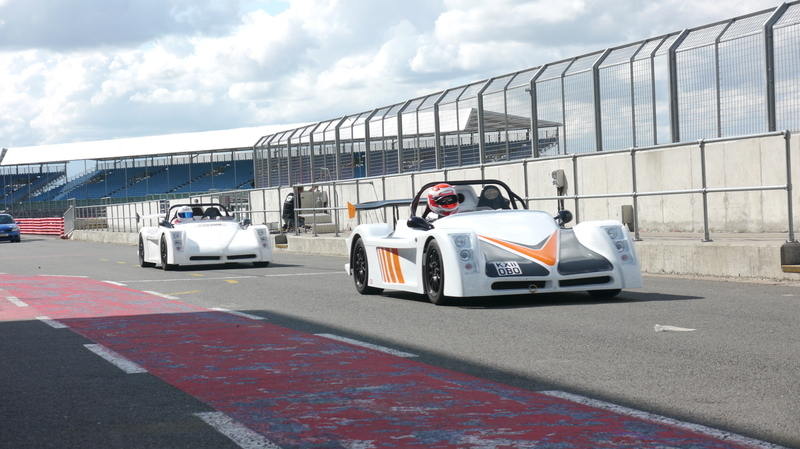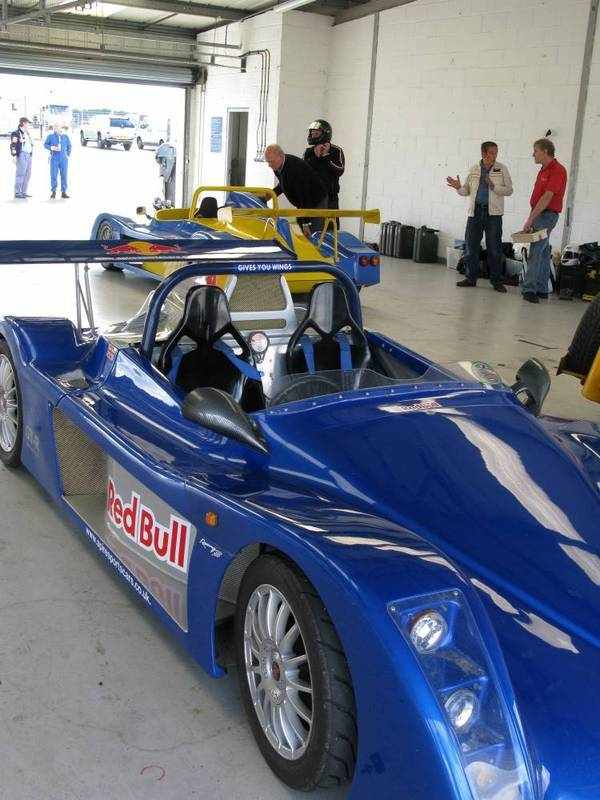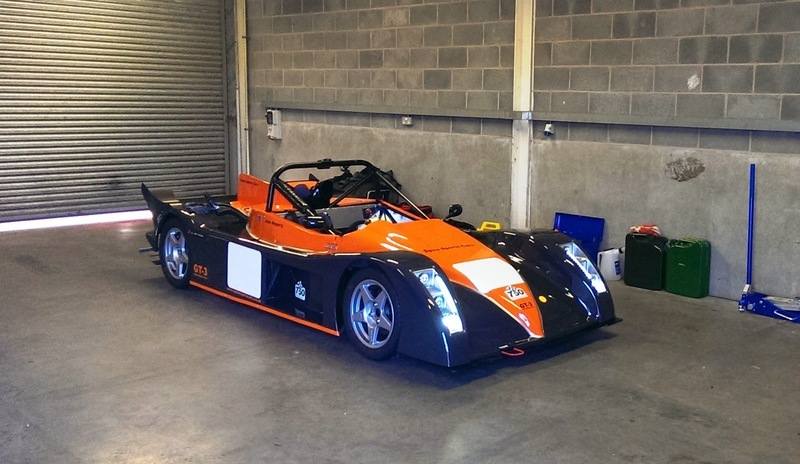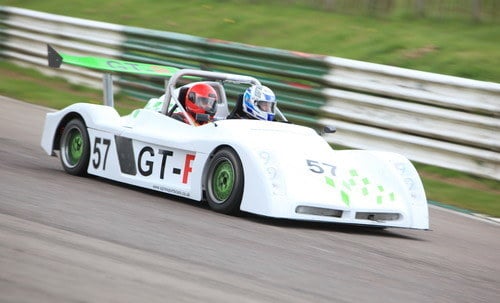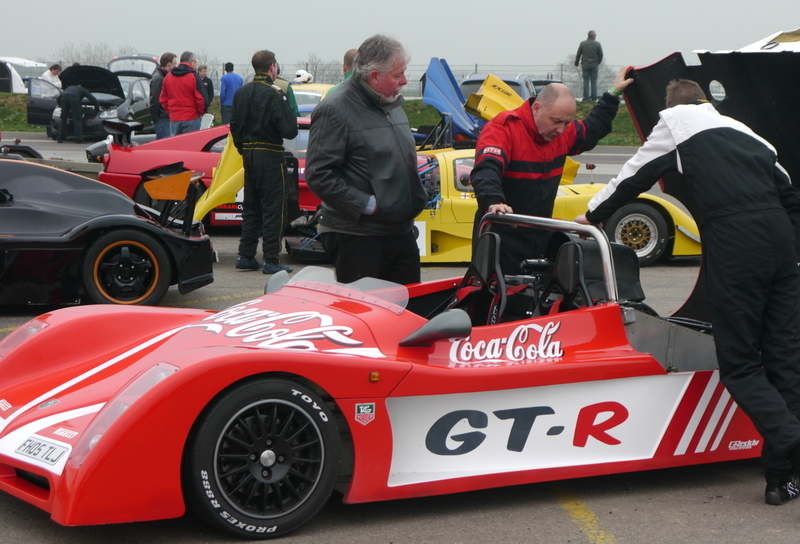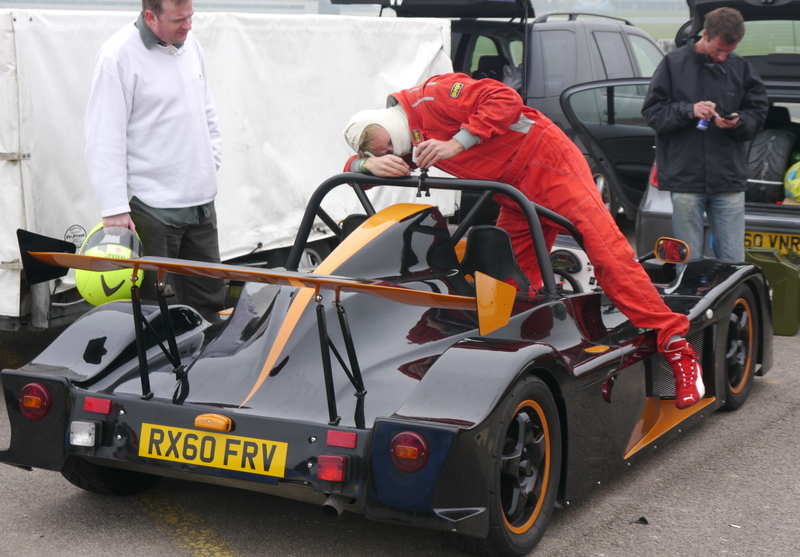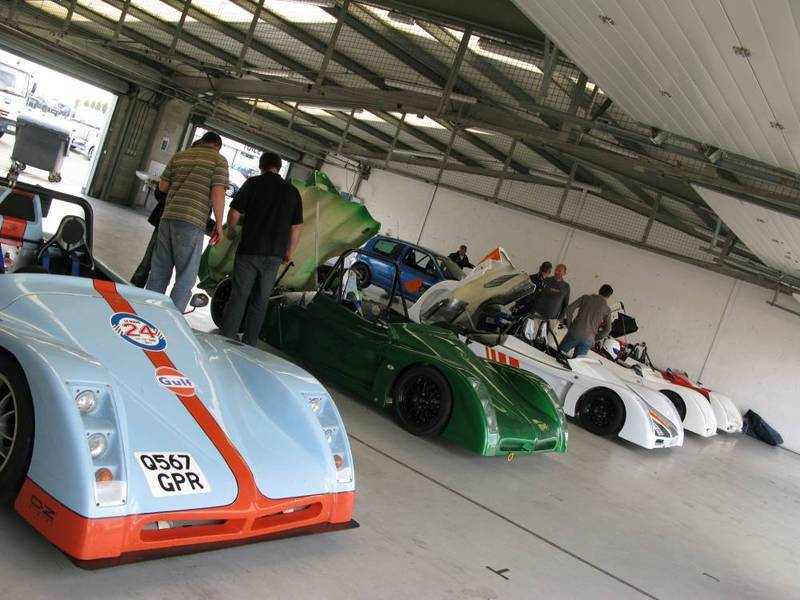
|
| TECHNICALSuspension(November 02, 2017)Suspension Tuning - making your car go faster for free. Its easy to spend more money on engine mods for faster lap times but correct suspension tuning will cost a fraction of this and make your car quicker. If you have the ability to do this yourself then it could be faster for free. Here we explore the concepts of three aspects of suspension setting and how Caster, Toe and Camber affect drivability. Caster So what is Caster Angle and what is it's purpose? A front shopping trolley wheel is noticeably unstable when moving and this effect is caused by having no caster angle. The purpose of caster angle is to provide steering stability and safety. The wheel and hub are held to the top and bottom wishbones by the upper and lower ball joints. A line drawn through the centre of these ball joints is the steering turning axis. This axis is not vertical. It is purposely designed not to be vertical and will angle forward at the lower point. This is the Caster Angle and is designed into the suspension to give self centering steering. Self centering forces created by Carter Angle will cause the steering to return to the centre if you release the steering wheel. Having no Caster Angle would cause the steering, with the slightest of turn, to go full lock of its own accord by releasing the steering wheel. For safety all production cars have no adjustment of Caster and is preset into the design of the suspension. Race cars however would have the ability for adjustment and the degree of caster will depend upon several parameters including road speed, wheel diameter and tyre width. The Spire is adjusted via an oval bush that holds the top balljoint to the hub. There is another aspect to Cater Angle and this is high speed stability. High Caster angle will give good top speed stability but make steering difficult at low speed where as a low angle will give good low speed manoeuvrability say for parking but make the steering wander at speed. Race cars will have the rear wheels caster set and but this will not affect high speed stability or steering as at the front, but will assist with controlling rear bump steer. Toe Hypothetically a car travelling forward with out a steering rack will generate forces that will cause the off side wheel to turn right and the near side wheel to turn left. This is Toe out. The position of the ball joints and the axis of steering rotation being on one side of each wheel and not directly above will cause tyre drag to create these forces. In practice the wheels are set with a degree of Toe in. This means setting the wheel by adjusting the track rod ends so that both wheels point slightly inwards at the front. The wheels need to be set to counter these forces and any take up backlash so that when travelling the wheels move to be perfectly parallel. As speed increases the forces acting on the wheels increase and start to compress the rubber bushes in the suspension joints and consequently change the Toe setting. This flexing can be reduced by installing Poly Bushes which have no flex and are fitted to Spire cars. It should be noted that a very small change in the Toe setting will have a very large effect on how the car performs. Tow out will cause initial over steer in cornering and be unstable at speed where as Toe in will give initial under steer and high speed stability. The above is not totally correct as Toe is usually set on production cars so the car slightly wanders to the left had side to avoid collision with on coming traffic. For race cars Toe is usually set biased to the right hand side. As most circuits are clockwise in direction this will take the car to the inner field and not to the barriers on the outside. Rear wheel Toe has a completely different use. Production cars will have no rear wheel Toe but for race cars there is a distinct advantage. If the rear wheels are set with a amount of Toe in, the straight line effect will be zero. However in a corner the weight shifts to the outside wheel which is then pointing in the desired direction of travel and assists the cornering ability of the car. This is effectively automatic rear wheel steering. Again only a small adjustment to rear Toe will result in a large effect in handling which is amplified still further due to the effects of steering from the rear wheels. Camber Our objective here is to maximise the amount of tyre in contact with the road surface at all times. More so to achieve an even distribution of supported weight across the entire width of the tyre. This is easily achieved on the straight but cornering forces and body roll will change that. Stand on one foot and feel how the pressure of your weight is not evenly distributed over your sole. This replicates the effect on the tyre in cornering and if not corrected would cause higher temperatures in that part of the tyre with the heaviest load. The net result will slower cornering speeds and greater tyre wear. An over heating tyre is potentially dangerous. To compensate for these factors the wheel is inclined away from vertical and this is the angle of Camber. We will be looking to set a negative Camber where the top of the wheel is inboard of maybe just a few minutes angle when compared to the bottom of the wheel. Wide tyres require particular care in finding the right camber setting and may only really be finalised once the temperature across the tyre is measured to be even following some fast circuit work. Stiffening the suspension with harder springs to reduce body roll and lower aspect tyres will help improve tyre contact. In conclusion. All the adjustments of Caster, Toe and Camber are interactive so changing the setting of one may have an effect on the others and visa versa. Our recommendation is, certainly to have your suspension set up as you will notice the difference, but let a professional do it. They have all the right equipment and experience to get it right. Your cornering speeds will be improved and your tyre wear will be reduced, we doubt you'll be disappointed. Please note that Spire GT-R production road cars will not have adjustable rear Toe or rear Caster as standard but can be requested. 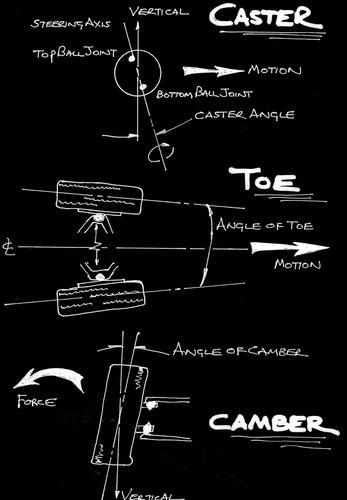 . |
|
